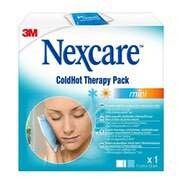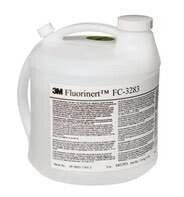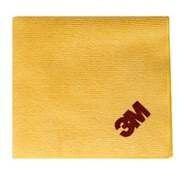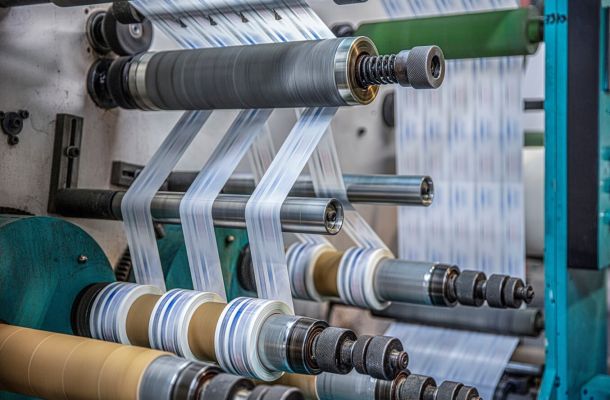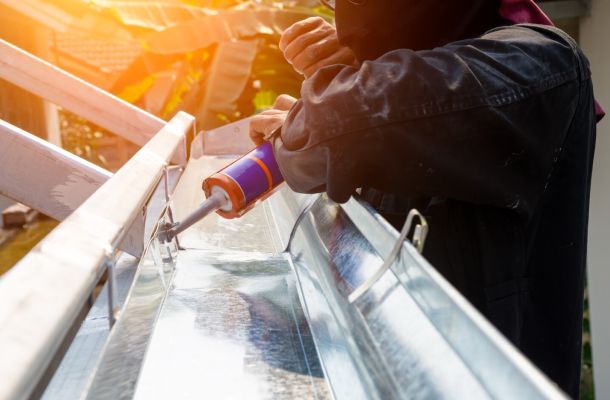Utilizing contact adhesive: The key to secure bonding


Contact adhesive is a versatile material widely used in various industries, and it's popular for numerous household and craft projects as well. It provides strong, stable bonding, whether it's used on identical or different materials. Thanks to its bonding strength and beneficial properties, it's commonly utilized, for example, in the construction industry. Stay with us, and you'll learn everything about using contact adhesive from this article!
The universal nature of contact adhesive makes it incredibly appealing, as it can be used on a wide variety of materials. Additionally, its quick bonding and strength enable it to adhere to the most challenging surfaces. So, if you're seeking something reliable, durable, and versatile, contact adhesive might just be the perfect choice.
Contact adhesive: Essential insights
Contact adhesive demonstrates remarkable versatility, proving invaluable in a diverse range of tasks ranging from decorative projects to furniture assembly. It results in strong, durable bonding, forming a solid connection.
There are various types of contact adhesives available. Depending on the application and bonding strength, you can find them in water-based, solvent-based, and polyurethane versions. While water-based variants are more suitable for smaller decorative tasks, solvent-based or polyurethane types with very strong adhesion are used in situations involving heavy objects and where resistance to weather and environmental effects is necessary.
Contact adhesive is surface-independent, working with various materials. It can be used with wood, metal, plastic, glass, paper, fabric, plastic-coated sheets, and many others. When selecting the adhesive, attention should be paid to its composition, as certain types of plastics may react to the solvent. It's always wise to read the manufacturer's instructions and, if necessary, test the adhesive on a less visible area.
Using contact adhesive: How to apply it correctly
Surface Preparation
Before diving into the application of contact adhesive, it's crucial to have a clear understanding of our intended outcome. In most cases meticulous surface preparation is key to success, involving thorough cleaning and often sanding to ensure a the surface is free from dust and grease. A well-prepared prepared surface allows for optimized use of contact adhesive and ensures longer durability.
Bonding
After preparing the surface, it's time to use the contact adhesive. The adhesive is usually applied in an even layer on both surfaces, then the bonded surfaces are pressed together and left to dry. Always check the optimal bonding time on the product packaging, as this may vary by manufacturer.
Drying and post-treatment
After bonding, it's important to allow time for drying. Post-treatment may involve removing excess adhesive, sanding the surface, or using appropriate tools for other tasks.
The most important thing when using contact adhesive is not to rush the process; allow time for the adhesive to bond properly, and always follow the manufacturer's instructions to achieve the best results. Using contact adhesive is an easy, simple, yet effective solution for many tasks!

The benefits of contact adhesive: Why is it worth using?
Contact adhesive offers numerous advantages, let's look at the three most important ones!
Durability
The effectiveness of contact adhesive is limitless; with proper material preparation and correct application of the adhesive, the bond can be so strong that it seems as if the two surfaces were never separated. Durability and reliability go hand in hand with contact adhesive when applied correctly.
Versatile usability
The use of contact adhesive is extremely versatile. Whether bonding wood, metals or plastics, contact adhesive is a great choice. It is widely favoured in both construction industry and households because it can effectively bond identical and different materials as well.
Simple Application
Using contact adhesive does not require extensive preparation or complicated techniques. Its application is straightforward: apply it to both surfaces, wait a few minutes for the adhesive to slightly dry, then press them together.
A wide range of adhesives is available on the Flanker website. Interested in our products? Dive in and take a look around our online catalogue!
More articles
Flanker Plusz Kft.
Contact Details
Boti Street, 100.



















